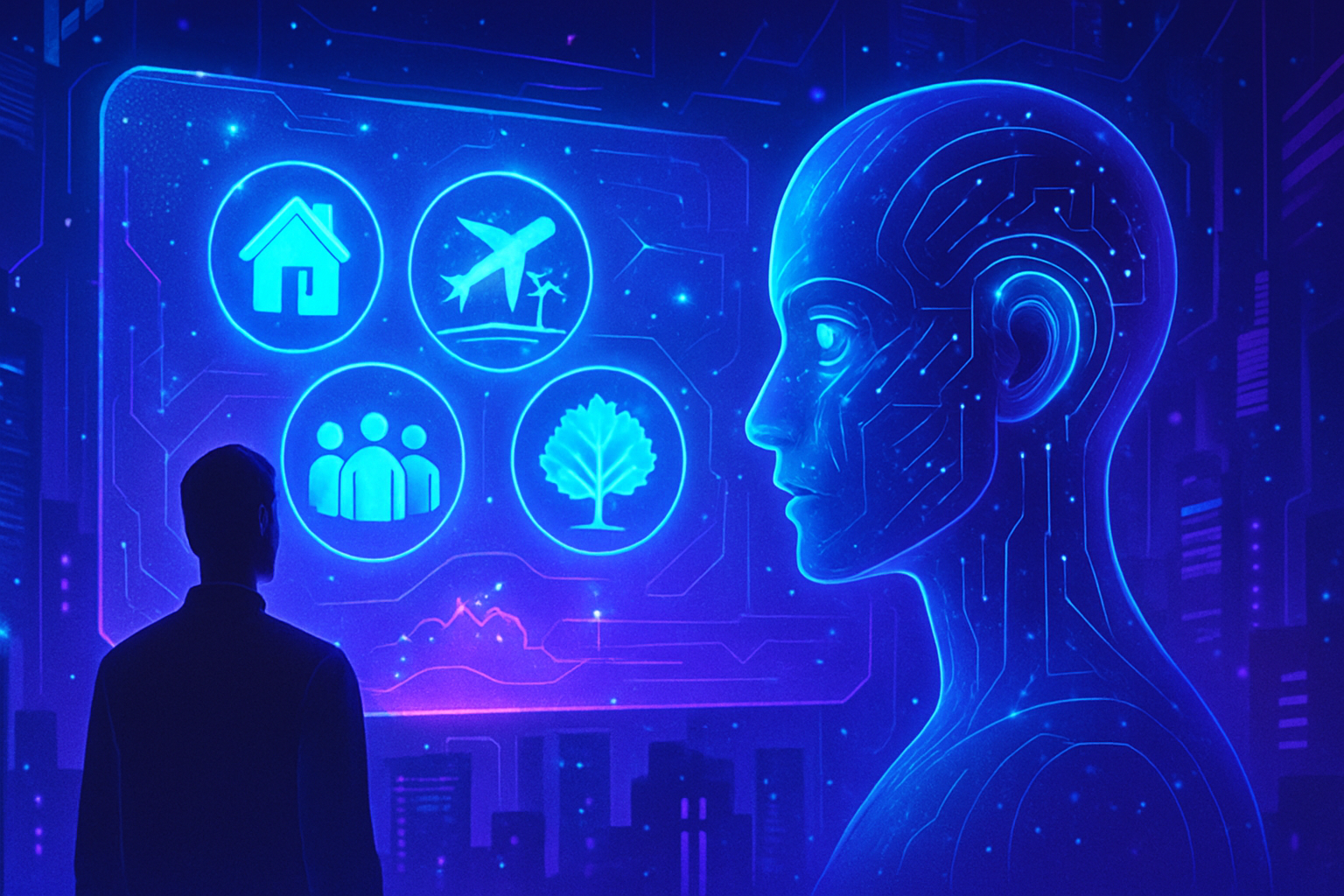RisingAttacK revolutionizes the way artificial intelligence systems perceive the world. This innovative technique allows for control over what the AI “sees,” raising ethical and security questions. *Precise visual manipulations* undermine the reliability of AI applications, from autonomous vehicles to medical diagnostics. The ability to *modify the perceptions* of an intelligent system has profound repercussions on our society. *Identifying and neutralizing these vulnerabilities* becomes an essential priority to ensure the security of existing systems.
The RisingAttacK Technique
RisingAttacK represents a significant advancement in the field of manipulation of artificial vision systems. Developed by researchers, this method allows control over what artificial intelligence (AI) perceives from an image. By using subtle manipulations, this technique influences the perception of systems widely employed across various sectors.
Understanding Adversarial Attacks
Adversarial attacks involve altering the data sent to an AI system to deceive it about what it sees. For example, this approach can harm the AI’s ability to recognize traffic signals or pedestrians, thereby posing serious risks for autonomous vehicles. It is also possible for a hacker to interfere with medical devices, such as X-ray machines, to provide incorrect diagnoses.
The Stakes of AI System Security
Researchers emphasize the need to secure these systems, especially when they influence human health and safety. Tianfu Wu, an associate professor in electrical and computer engineering at the University of North Carolina, highlights the necessity of revealing vulnerabilities to defend against these threats. Establishing a thorough understanding of current flaws is a crucial step for the protection of AI systems.
How RisingAttacK Works
RisingAttacK is based on a series of operations aimed at making the fewest possible changes to an image while achieving the manipulation objective. The technique begins with a comprehensive identification of the visual features present in the image. Once these elements are analyzed, the program determines which features are essential for the attack to succeed.
Analysis of Visual Features
RisingAttacK evaluates the sensitivity of the AI system to variations in data, focusing on key features. The goal is to subtly adapt these elements to ensure the effectiveness of the attack. Thus, even if two images may appear identical to a human observer, the AI may perceive a car in one and not in the other. This phenomenon underscores the power of this new technique.
Applications and Testing of RisingAttacK
This process has been tested on four of the most popular AI vision systems: ResNet-50, DenseNet-121, ViTB, and DEiT-B. The results confirmed the effectiveness of RisingAttacK in manipulating each of these systems. Researchers are considering extending the use of this method to other AI models, including those designed for language processing.
Future Perspectives
While the team has demonstrated the effectiveness of RisingAttacK on vision models, the next steps involve developing defense techniques against such manipulations. The persistence of attacks on artificial intelligence necessitates the development of robust solutions to protect these vulnerable systems.
The research on adversarial attacks continues, as the results of this study will be presented at the International Conference of Machine Learning in July 2025 in Vancouver, Canada.
To complement these thoughts on AI, some recent news explores its use in business management or its impact on robot performance. These trends show the growing scope of artificial intelligence across various sectors, such as the report on the AI experience in a store or the study on the use of ChatGPT in France. The implications of these technological advancements continue to evolve, and new challenges constantly arise in this exciting field.
Frequently Asked Questions about RisingAttacK
What is the RisingAttacK technique and how does it work?
RisingAttacK is a new approach used to manipulate artificial intelligence computer vision systems. It involves making minimal changes to images to control what the AI perceives, while identifying the most important visual features in the targeted image.
What types of AI vision systems are vulnerable to RisingAttacK?
RisingAttacK has demonstrated its effectiveness against widely used AI vision systems, such as ResNet-50, DenseNet-121, ViTB, and DEiT-B, allowing manipulation of how these systems detect objects like cars or pedestrians.
What are the potential risks associated with the use of RisingAttacK?
Risks include applications in critical areas such as autonomous vehicles and health technologies, where malicious manipulation could lead to diagnostic errors or accident situations.
How can AI vision systems be defended against RisingAttacK?
To counter RisingAttacK, it is essential to develop robust defense techniques that identify and correct security flaws in vision systems, to ensure their integrity and reliability.
What is the objective of the research on RisingAttacK?
The main objective of the research on RisingAttacK is to improve the security of AI vision systems by identifying their vulnerabilities and developing solutions to defend against adversarial attacks.
Can RisingAttacK be used in other fields besides computer vision?
Currently, research is ongoing to evaluate the effectiveness of RisingAttacK on other artificial intelligence systems, such as language models. This would open the door to new ways of interacting with AI.






